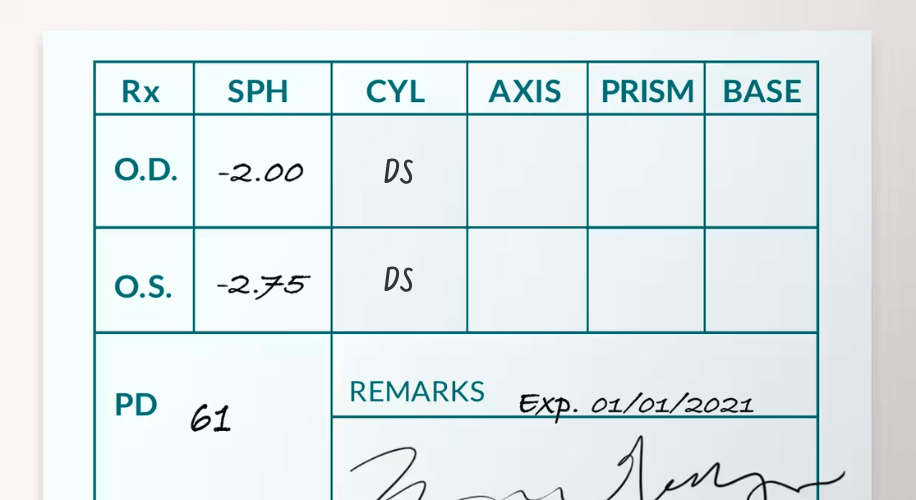Unraveling the Concept of Near-Sighted Glasses
Nearsightedness, or myopia, is a common vision condition that affects a significant portion of the global population. The solution to this condition is often simple, requiring only the right pair of near-sighted glasses. However, understanding how these glasses work and choosing the right pair involves a bit more intricacy. Throughout this article, we’ll take you on an educational journey to understand near-sighted glasses better, their function, and how to choose the perfect pair to enhance your vision.

The Science Behind Nearsightedness and Glasses
Nearsightedness occurs when your eye’s light-focusing mechanism overshoots, causing light to focus in front of the retina instead of on the retina. This results in distant objects appearing blurry. Near-sighted glasses work by refocusing this light onto the retina, effectively correcting the blurriness.

Understanding Prescription Values
When we talk about near-sighted glasses, a crucial factor to consider is the prescription value. The prescription for nearsightedness will have a minus sign (-) before the number, indicating the lens’ power to correct your vision. Higher absolute values indicate a stronger prescription. Understanding these values is key to getting a pair of glasses that correctly address your myopia.

Choosing the Right Style and Frame
Fortunately, needing near-sighted glasses doesn’t mean you have to compromise on style. In fact, with platforms like Zenni Optical, you have access to a wide range of stylish, high-quality eyewear that can be customized to your prescription.
- Cool Glasses: Choose from aviator sunglasses, full-rim or thin frames, round glasses, square sunglasses, and many more styles that fit your face shape and style preference.
- Prescription sunglasses: You don’t need to choose seeing clearly or rocking some shades. Prescription sunglasses offer a stylish solution for those sunny days.
- Blue Light Glasses: Relieve eyestrain and fatigued eyes when staring at devices for hours on end with blue light glasses, like Blokz by Zenni Optical.
Choosing the Right Lenses
Many people with nearsightedness also have astigmatism, which can make your lenses thicker. At Zenni Optical, you can get glasses with high-index lenses that are thin and lightweight, even for high-power prescriptions. In addition, Zenni also offers photochromic lenses and blue light blocking lenses for those who spend a lot of time in front of screens.

Get the Best Fit
While choosing the right style and lens type is important, ensuring the correct fit for your glasses is equally crucial. The frame should fit snugly on the bridge of your nose and not slide down. The arms of the glasses should be comfortable and not too tight or too loose. Zenni Optical’s guide for face shape can help you identify the best fit for your glasses.

In conclusion, understanding near-sighted glasses involves getting familiar with a few basic concepts, but the benefits of this understanding are enormous. It allows you to make an informed decision when choosing your glasses, ensuring that you have a pair that not only corrects your vision but also enhances your style.
About the Author: Dr. Steven Lee
Dr. Steven Lee is a visionary leader in the eye care and telemedicine sectors and has built a remarkable career by combining his formal training in eye care, engineering expertise, and a passion for innovation. Dr. Lee serves as Zenni’s the Head of Optical Product.



 United States
United States